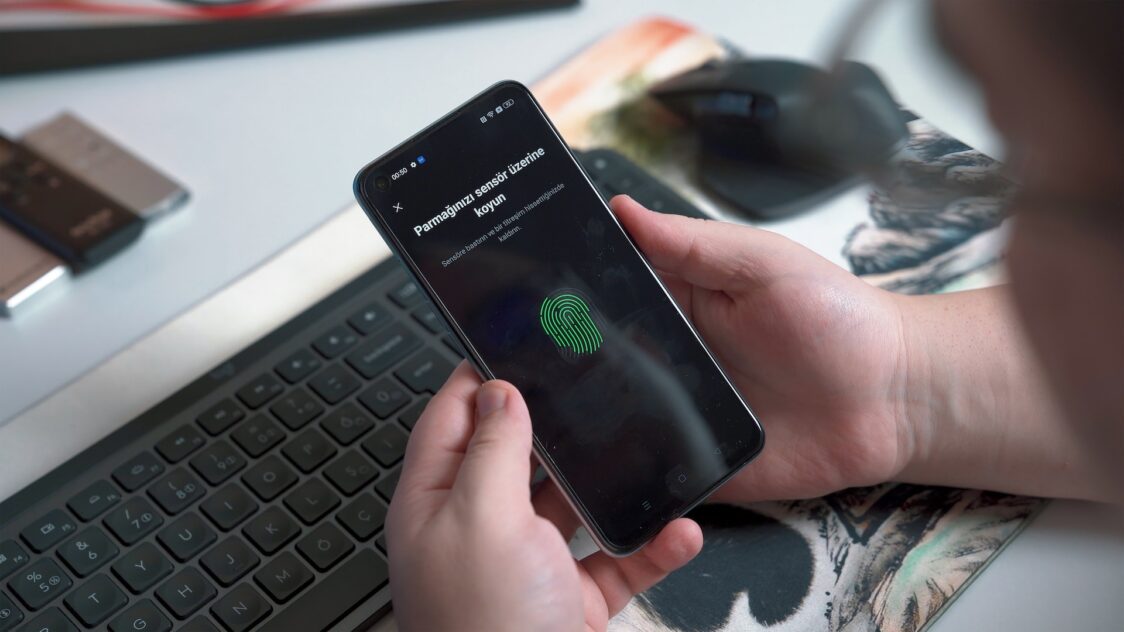Online ID verification for government and public administration sites
The world has significantly shifted toward digitalization over the past ten years. Online transactions, services, and procedures are now widely accessible, particularly on public administration and government websites. With the rising demand for online transactions and services, it is now essential to authenticate users’ identities through digital identity verification and ensure that private data is not disclosed to unauthorized parties.
What is Online ID Verification?
Online ID verification is the process of verifying a user’s identity online. It is a security measure that guarantees that only authorized users can access sensitive information or carry out specific transactions on websites run by the government and other public administration sites. It helps to prevent identity theft, fraud, and other forms of cybercrime.
Typically, biometric authentication or document verification is used for online identification. Biometric authentication involves using physical characteristics, such as a fingerprint or facial recognition, to verify a user’s identity. On the other hand, document verification involves uploading a photo of a government-issued ID, which is then compared to the user’s selfie or video. This method frequently works with biometric authentication to provide an added layer of security. It is a quick and simple process that ensures that the user is who they claim to be.
Benefits of Online ID Verification for Government and Public Administration Sites
Although the benefits online ID verification brings for government and public administration sites is obvious, here are more reasons to consider implementing it:
- Enhanced Security
Identity theft and fraud are some of the most significant threats to government and public administration sites. Online ID verification helps prevent these forms of cybercrime.
- Reduced Risk
When users provide their personal information online, they expect it to be kept safe and secure. Online ID verification ensures that only authorized persons can access this information, thus reducing the risk of data breaches.
- Improved Customer Experience
One of the most significant pain points for citizens trying to access government and public administration services and information is the ultimate need for physical verification and documentation. With safe and secure online ID verification, users can verify their identity quickly and efficiently on the internet without having to go to physical locations to verify their identity.
- Cost-Effective
Online ID verification is cost-effective for both the government and the public. The technology significantly reduces the need for physical verification and documentation, saving time and resources for both parties. It also reduces the risk of fraud and other forms of cybercrime, which can be financially burdensome for the government and citizens.
Methods of Online ID Verification
In this chapter, we’ll discuss methods of online ID verification.
Document Verification
Document verification works by scanning government-issued documents for a range of features such as holograms, watermarks, stamps, fonts, or other security features.
Facial Recognition
Facial recognition analyzes users’ facial features from a digital image or a video and compares them to a database of known faces.
Biometric Verification
Biometric verification evaluates user’s unique biological features such as fingerprints, hand and earlobe geometries, iris scans, voice prints, and written signatures.
Video Verification
Video verification entails verifying a user’s identity using live video calls. A customer service representative conducts the verification process by asking the user to show their ID and perform specific actions to confirm their identity.

Steps of Online ID Verification
Online ID verification is of utmost importance as it guarantees the safety and credibility of government and public administration websites. The methodology of online ID verification varies depending on the chosen verification approach. However, the general steps involved in online ID verification are as follows:
- User registration: Users register on the government or public administration site to gain access to the services or information. The user provides their name, email address, and contact details to create an account.
- Information submission: Once registered, the user submits their personal information, such as their name, address, date of birth, and social security number.
- ID verification: Users undergo the selected verification method, which can be document verification, facial recognition, biometric verification, or live video call verification.
- Confirmation: Once the verification process is complete, the user receives confirmation of their identity and can access the services or information. Typically, this confirmation comes as an email or notification on the website.
By following these steps, users can undergo the online ID verification process quickly and easily, and government and public administration sites can maintain their security and integrity.
How to Implement Online ID Verification for Government and Public Administration Sites
It takes careful planning and execution to implement online ID verification for government and public administration sites using Logitech Drivers. To successfully implement online ID verification, follow these steps:
Determine the verification method
Choose the most appropriate verification method based on the site’s needs, user requirements, and regulations. The chosen method should be secure, reliable, and compliant with standards and regulations.
Choose a software development team
Choose a software development team with experience in the development of document verification services. The team should have security, compliance, and user experience design expertise.
Develop a user-friendly interface
A user-friendly interface guides users through the verification process. Thus it should be simple, intuitive, and accessible to all users, including those with disabilities.
Integrate with existing systems
Connect the online ID verification system to the existing government and public administration systems, such as databases and payment gateways. This integration ensures a seamless user experience and reduces the risk of technical issues.
Ensure compliance with regulations and standards
Your online ID verification system should comply with all relevant regulations and standards, such as GDPR and KYC.
Test and refine the system
Test the system thoroughly to ensure it functions as intended and meets user needs. Refine the system based on user feedback and test results to improve efficiency and effectiveness.
Instead of summing up
Digital identity verification helps to prevent identity theft, fraud, and other forms of cybercrime and ensures that only authorized users can access sensitive information or perform transactions. Online ID verification is especially critical for maintaining the security and integrity of government and public administration sites. The future of online authentication looks promising, with such advanced technologies as artificial intelligence and blockchain enabling faster and more secure verification processes.




